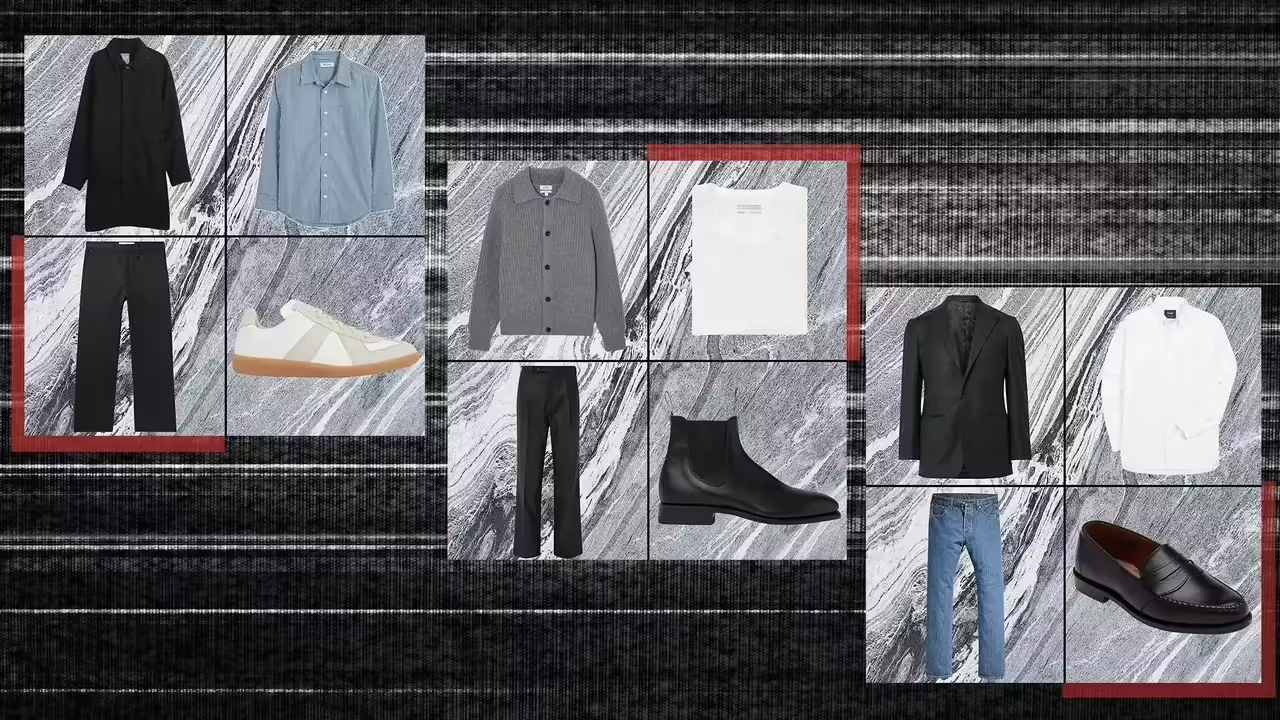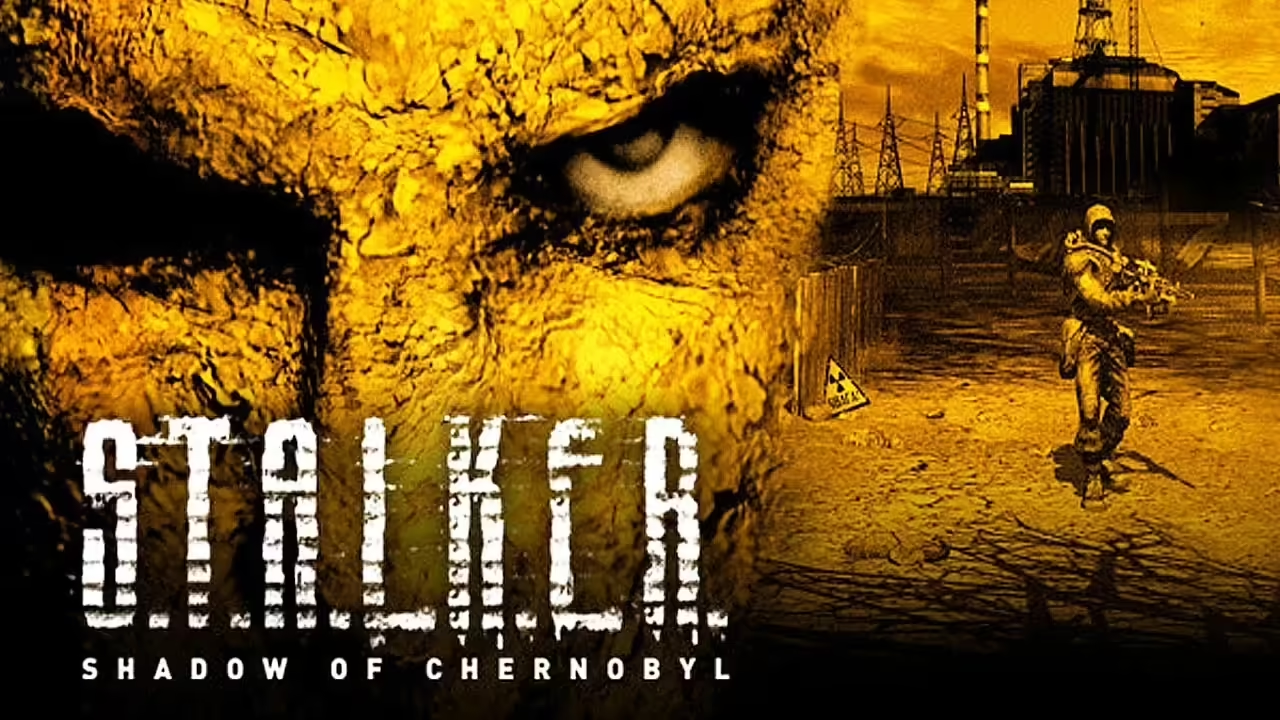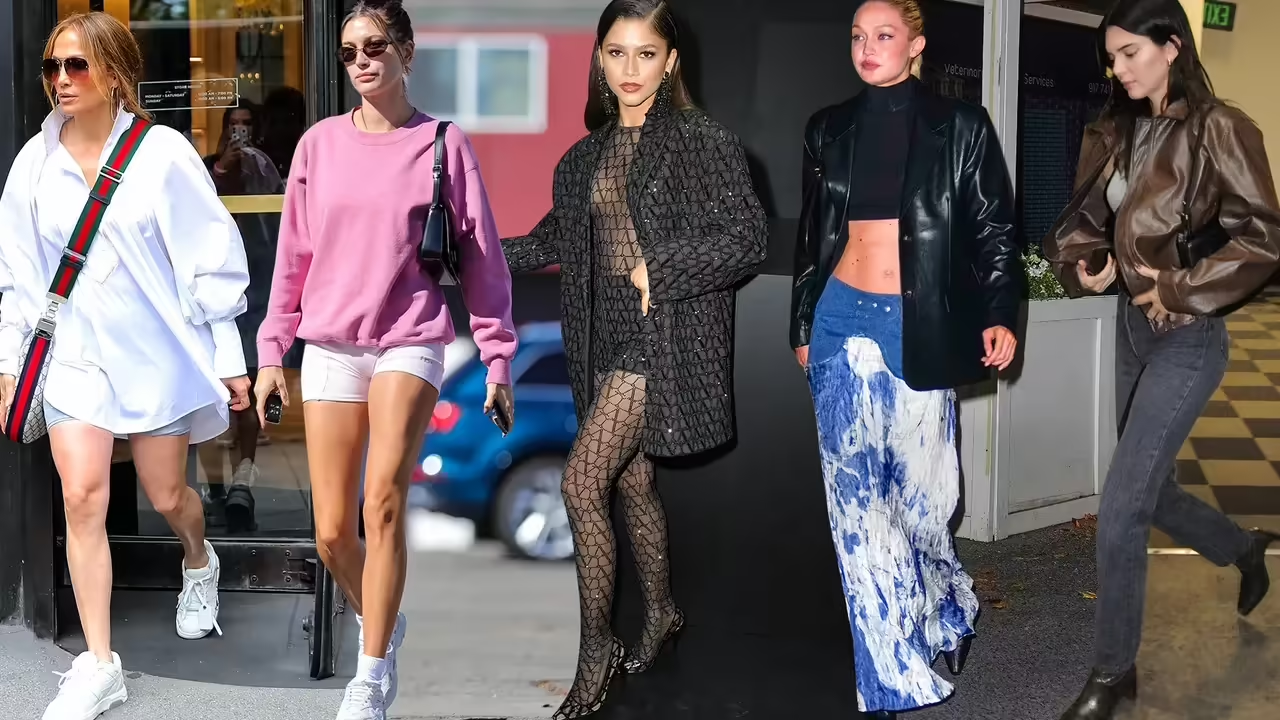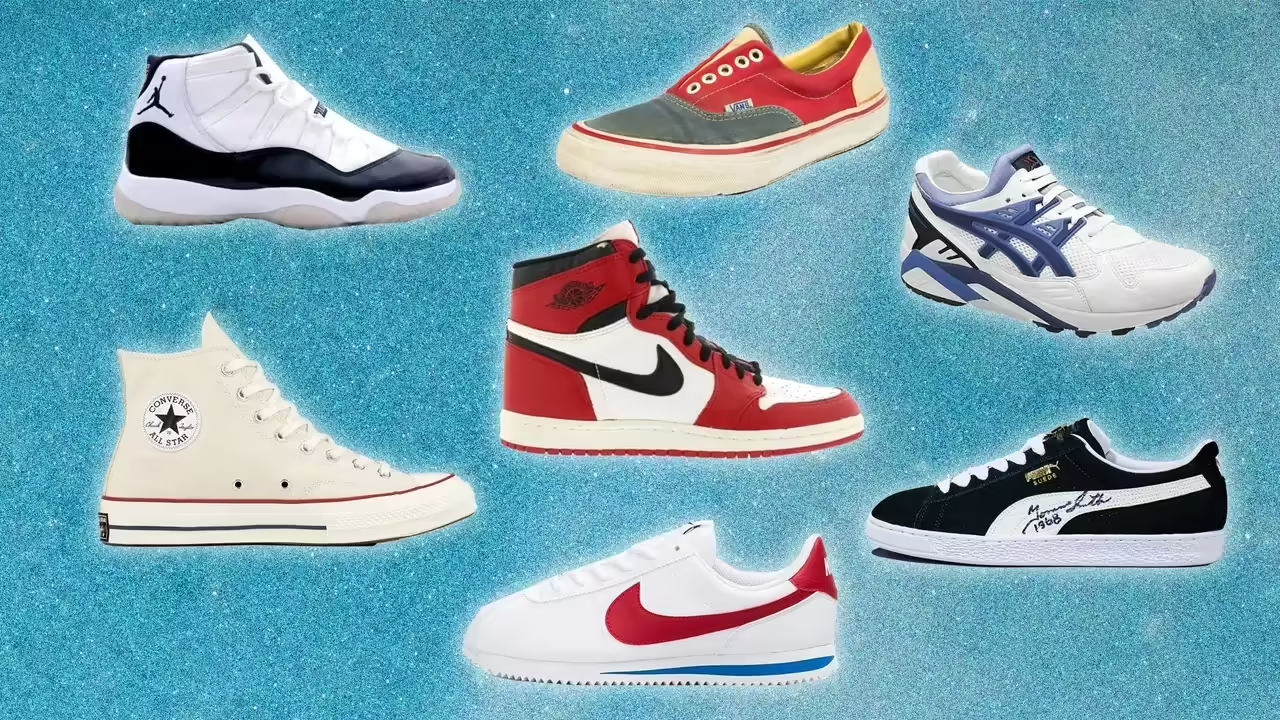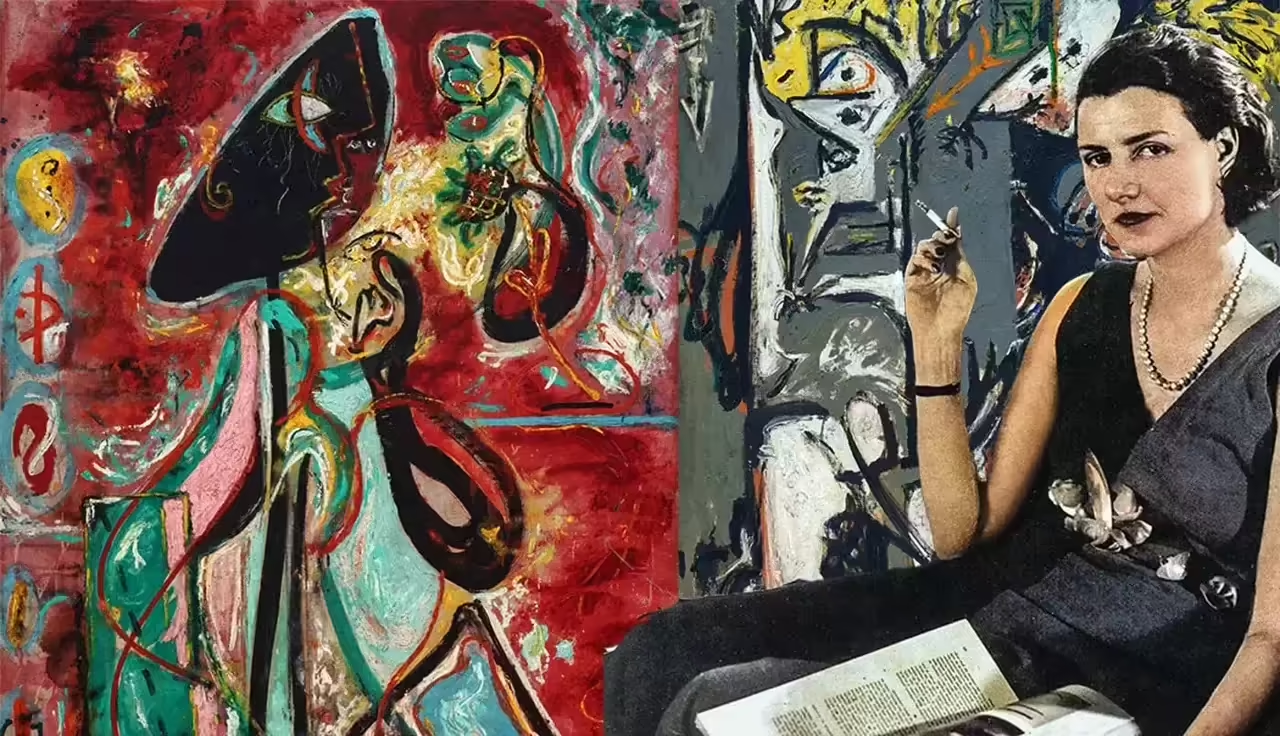
Contemporary art of the 21st century presents itself as a vast and diverse creative landscape reflecting the complexities, contradictions, and dynamics of today’s society. From its beginnings in the early decades of the century, this movement has challenged established conventions, questioning traditional notions of beauty, technique, and meaning. Through a wide range of media and practices, contemporary artists explore themes ranging from the political and social to the personal and introspective, creating works that invite reflection and interpretation.
Distinctive Characteristics of 21st Century Contemporary Art
One of the distinctive characteristics of 21st-century contemporary art is its focus on experimentation and innovation. Artists not only employ a variety of traditional mediums such as painting, sculpture, and photography but also integrate new technologies and forms of expression, such as digital art, virtual reality, and interactive installation. This fusion of the old and the new enables the creation of multidimensional works and immersive experiences that challenge the boundaries of the conventional.
Moreover, 21st-century contemporary art is characterized by its interdisciplinary and collaborative nature. Artists work closely with experts from other fields, such as science, technology, and sociology, to explore complex themes from multiple perspectives. This collaboration not only enriches artistic practice but also fosters a broader and more diverse dialogue within society.
In terms of themes and concerns, 21st-century contemporary art addresses a wide range of issues relevant to the modern world. From the climate crisis and social inequality to cultural identity and technology, artists confront urgent challenges and controversies in their works. In doing so, they provoke important debates and raise public awareness of critical issues affecting our society and planet.
However, it is important to note that 21st-century contemporary art is not limited solely to political or social themes. It also encompasses a wide range of individual expressions and personal experiences. Many artists explore the nature of perception, memory, and identity through intimate and reflective works that invite the viewer to contemplate their own existence and relationship with the world around them.
Evolution and Historical Context of 21st Century Contemporary Art
21st-century contemporary art emerges as a continuation and expansion of artistic trends that developed in the previous century but also reflects the new social, political, and technological realities of the new millennium. To understand its evolution and historical context, it is crucial to examine key events that have shaped this period and the influences that have shaped artistic practice in recent decades.
In the early decades of the 21st century, globalization and global interconnection played a fundamental role in the dissemination of contemporary art. Information and communication technologies allowed artworks to be shared and discussed worldwide instantly, leading to a greater diversity of voices and perspectives in the artistic realm. Additionally, migration and diaspora contributed to the creation of a more multicultural and transcultural art, in which global influences intertwined with local experiences.
Stylistically, 21st-century contemporary art is notable for its plurality and eclecticism. Unlike previous periods, where dominant artistic movements could be identified, the 21st century has seen the proliferation of a wide range of styles, techniques, and approaches. From figurative realism to conceptual abstraction, contemporary artists have the freedom to explore a variety of styles and genres without dogmatic restrictions.
One of the most significant developments in 21st-century contemporary art has been the emergence of new technologies and means of expression. Digital art, augmented reality, virtual reality, and artificial intelligence have opened up new creative possibilities for artists, allowing them to explore interactivity, immersion, and viewer participation in innovative ways. These technological tools have not only transformed the way art is created but also the way it is consumed and experienced.
Furthermore, 21st-century contemporary art has been shaped by a series of global events and issues, from the 2008 financial crisis to the COVID-19 pandemic. These events have generated a sense of urgency and reflection in artistic practice, leading artists to address issues such as economic inequality, public health, and environmental crisis in their works.
General Characteristics of Contemporary Art
Contemporary art, as a broad category encompassing art produced from the late 20th century to the present, exhibits a series of general characteristics that distinguish it from earlier artistic periods. Some of these characteristics are highlighted below:
Plurality and Diversity: Contemporary art is characterized by its diversity in terms of styles, techniques, mediums, and themes. There is no dominant style or single aesthetic narrative; instead, a wide range of artistic approaches coexist, ranging from the figurative to the abstract, the traditional to the experimental.
Interdisciplinarity: Contemporary artists tend to explore and merge various artistic disciplines and collaborate with professionals from other fields, such as science, technology, sociology, and politics. This interdisciplinary approach gives rise to artworks that challenge traditional boundaries and offer new perspectives on complex themes.
Experimentation and Innovation: Contemporary art is characterized by its focus on experimentation and innovation. Artists constantly seek new means of expression and are open to incorporating emerging technologies, unconventional materials, and conceptual approaches to create works that defy expectations and break with established conventions.
Reflection on Society and Culture: Many works of contemporary art address issues relevant to contemporary society, such as politics, identity, globalization, technology, the environment, and social justice. Artists use art as a means to reflect on these themes, provoke debates, and raise awareness of urgent issues.
Viewer Participation: Contemporary art often invites active participation from the viewer, whether through interactive installations, performance art, or digital media. This interaction transforms the art experience into a collective and participatory experience, where the viewer plays an active role in creating meaning.
Questioning of Institutions and Conventions: Contemporary artists often question institutional structures of art, as well as established norms and conventions. This can manifest in critiques of the commercialization of art, exploration of new forms of exhibition and distribution, and destabilization of traditional hierarchies between “high” and “popular” art.
Emerging Artistic Movements
In the landscape of 21st-century contemporary art, various emerging artistic movements have emerged that reflect the concerns and trends of contemporary society. Among these movements, the following stand out:
a. New Realisms: Inspired in part by the French New Realism of the 1960s, this movement seeks a more faithful representation of contemporary reality but with a renewed focus. Artists explore themes such as urban life, mass culture, technology, and politics, using realistic techniques and narratives to address social and personal issues.
b. Digital and Technological Art: This movement focuses on the exploration of new technologies and digital media as creative tools. Artists use software, programming, virtual reality, augmented reality, and other technologies to create interactive, multimedia artworks and immersive experiences that challenge traditional perceptions of art and the relationship between the viewer and the artwork.
c. Environmental Art: In response to growing concerns about the environment and sustainability, environmental art focuses on the intersection between art and ecology. Artists work with natural materials, landscapes, and ecological processes to create works that reflect on the relationship between humanity and the natural environment, as well as to address issues such as climate change, biodiversity loss, and environmental degradation.
d. Urban and Street Art: Originating in urban spaces, urban art and street art have gained recognition as legitimate forms of artistic expression. Artists use graffiti, murals, ephemeral installations, and other forms of urban intervention to comment on city life, street culture, politics, and identity. This movement often challenges conventional art norms and seeks to democratize access to art in public spaces.
e. Feminist and Gender Art: Inspired by feminism and gender studies, this movement seeks to address gender-based inequalities and injustices through art. Artists explore themes such as gender identity, sexuality, the female body, patriarchy, and gender-based violence, using a variety of mediums and approaches to challenge traditional representations and promote gender equality.
f. Interdisciplinary Art: This movement challenges the boundaries between artistic disciplines and seeks to integrate different forms of expression into a single artwork. Artists work with a variety of mediums, including visual art, music, dance, theater, literature, and technology, to create artistic experiences that stimulate multiple senses and provoke deep reflections on complex and multidimensional themes.
These emerging artistic movements reflect the diversity and vitality of 21st-century contemporary art, as well as its capacity to address urgent and relevant issues in today’s society.
Prominent Artists of the 21st Century
The 21st century has witnessed the emergence of a wealth of talented artists who have made a significant mark on the contemporary art scene. Although the list of prominent artists is extensive and subjective, here are some names that have gained international recognition and left a lasting impact on 21st-century art:
Ai Weiwei (China): Known for his political activism and multidisciplinary work addressing themes such as freedom of expression, human rights, and social criticism, Ai Weiwei is one of the most influential artists of our time. His work ranges from sculpture and installation to photography and film.
Yayoi Kusama (Japan): Recognized for her psychedelic and repetitive artworks, as well as her immersive installations, Yayoi Kusama is one of the most important contemporary artists of the 21st century. Her art is influenced by her personal experiences, including her struggles with mental health and her childhood in Japan during World War II.
Banksy (United Kingdom): Although his identity remains a mystery, Banksy has gained worldwide fame for his provocative and politically charged street art. His works, which often include graffiti and satirical murals, address themes such as war, social inequality, and state surveillance.
Marina Abramović (Serbia): Known as the “grandmother of performance art,” Marina Abramović has been a pioneering figure in this genre for decades. Her work, which often involves extreme durations and intense interaction with the audience, explores themes of identity, time, spirituality, and the human body.
Olafur Eliasson (Denmark): This contemporary artist is known for his immersive installations and sculptures that play with light, space, and perception. His work aims to create sensory and emotional experiences that challenge the way we interact with the surrounding environment.
Kara Walker (United States): Recognized for her provocative art addressing the history of racism, slavery, and racial identity in the United States, Kara Walker is a prominent figure in contemporary art. Her work, which often uses the cut-paper technique to create striking silhouettes, challenges conventional narratives and stimulates reflection on social and political issues.
These are just a few examples of prominent artists of the 21st century, but there are many more whose contributions have enriched the contemporary art landscape and continue to inspire future generations.



